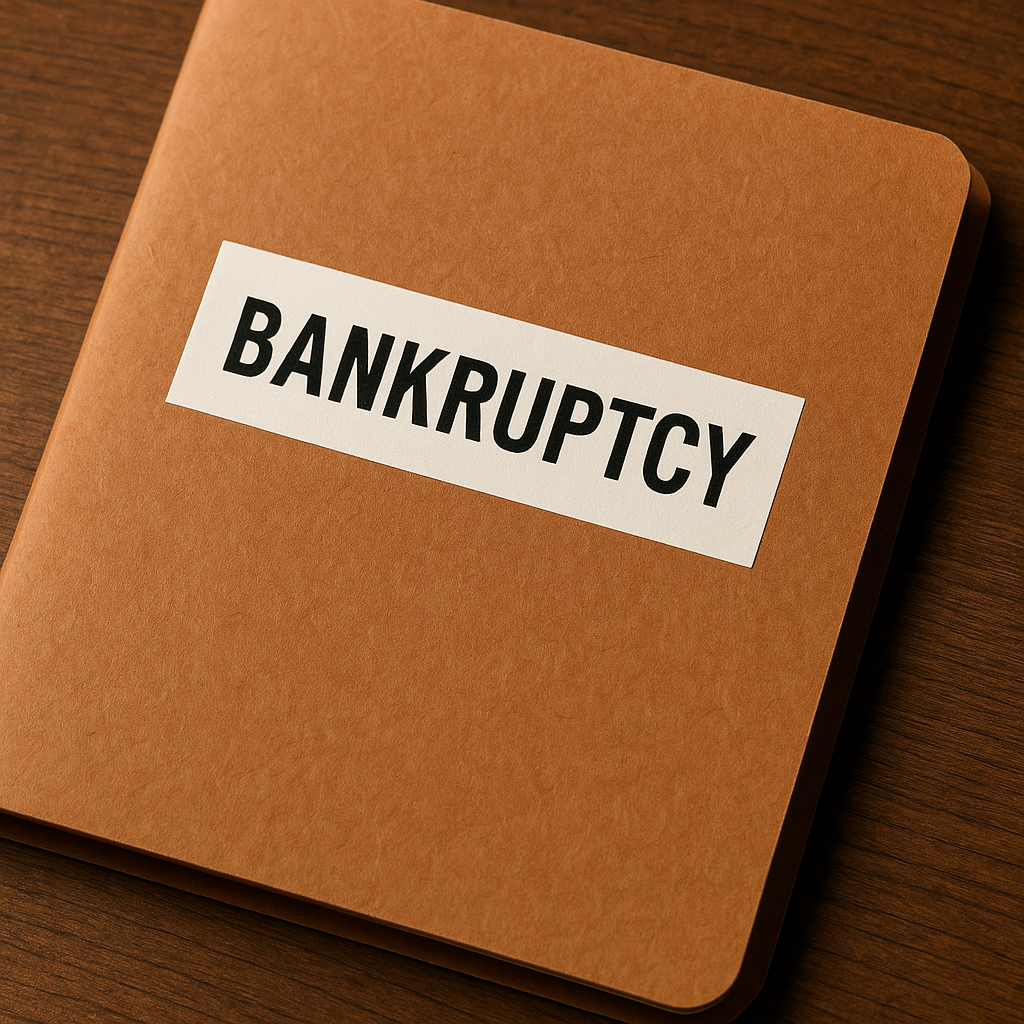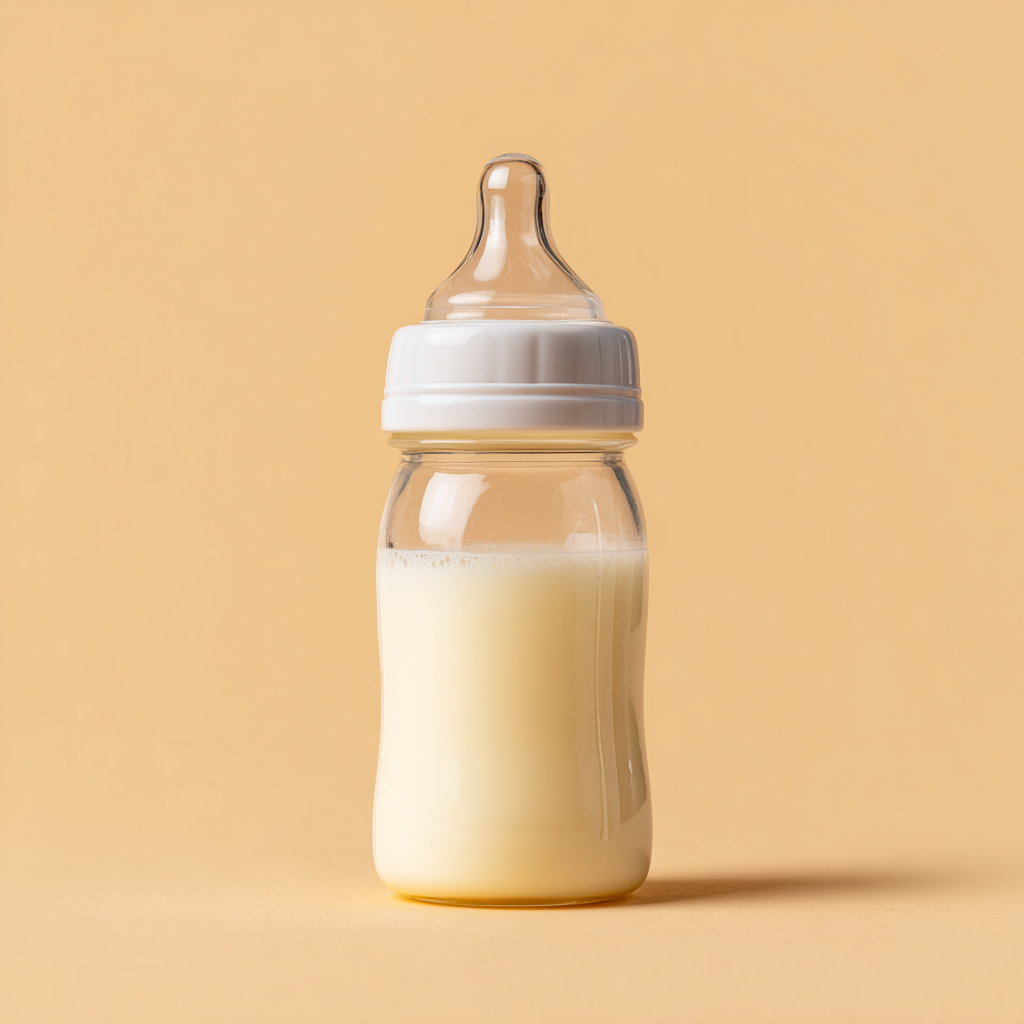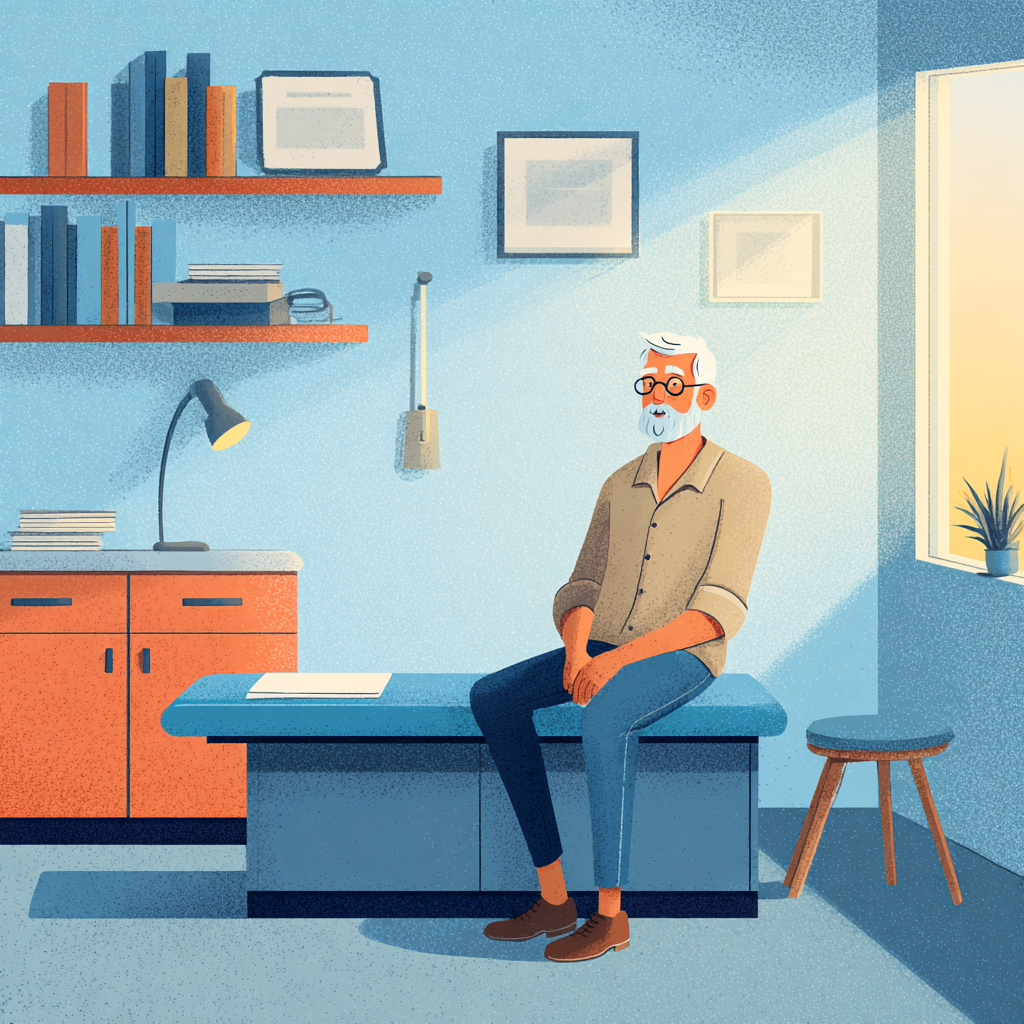Mass tort litigations are complex legal matters involving many plaintiffs with diverse degrees of injury or abuse inflicted by a person or product. Examples of these complex matters are lawsuits involving severe product failures, such as exposure to harmful drugs like Elmiron, or serious product failures like Bard PowerPort. Often, these litigations end in settlements, where corporate defendants have to compensate the plaintiffs. However, that decision can have severe implications for the company’s financial stability.
Thus, many corporate defendants view Chapter 11 bankruptcy, a single resolution of most of their current and future tort liabilities, as a top priority. This legal strategy combines bankruptcy and mass tort class action to restructure the company. Legislation and case law enable a fair and uniform approach, ensuring that plaintiffs receive compensation for their injuries and that corporations are protected during reorganization. However, some corporations use bankruptcy courts to evade liabilities.
What Is a Bankruptcy Shield in Mass Tort Litigation?
Corporations facing large and complicated mass tort liabilities have turned to the bankruptcy shield since the 1980s, when plaintiffs across the country filed lawsuits against asbestos manufacturers. Johns-Manville Corporation faced numerous asbestos lawsuits that continued to increase in number, resulting in approximately $2 billion in potential settlements.
The company filed for mass tort bankruptcy protection to address the liabilities and distribute the required restitution. This was the first corporate bankruptcy shield. The idea of creating bankruptcy protection evolved from this litigation. Mass tort bankruptcy protection offers plaintiffs an avenue to seek compensation owed from the mass tort action while allowing the corporation to restructure and continue its operations.
After filing for bankruptcy in mass tort cases, the corporation also receives an automatic stay, which stops all lawsuits arising before the filing date. In the Bankruptcy Code, Section 524(g) creates an injunction for future lawsuits stemming from the mass tort litigation. This section directs all future lawsuits to the litigation trust, enabling plaintiffs to receive payment without having to sue the restructured corporation directly. This shields claims that arise after the bankruptcy conclusion.
How Companies Use Bankruptcy to Avoid Mass Tort Payouts
Bankruptcy is a legal process that allows individuals and corporations to obtain relief from outstanding debts they owe to others. Bankruptcy law utilizes themes of redemption, forgiveness, and redistribution. It reconciles contentious policies, offering defendants a fresh start while ensuring plaintiffs receive the payment they’re owed.
Enacted in the 1970s, the U.S. Bankruptcy Code governs the conflicting interests of debtors and creditors. Chapter 11 bankruptcy ensures that persons and companies with debts above certain amounts stay afloat and pay their creditors over time. After a company files for bankruptcy shield, it receives an “automatic stay,” immediately pausing all creditor action to receive the payments it’s owed, including claims.
The automatic stay aims to stop a race to the courts among affected parties, who may rush to file claims to ensure they can receive outstanding payments before the company runs out of money. Theoretically, the stay orders encourage defendants to cooperate and enable plaintiffs to create an effective compensation plan. However, in reality, companies exploit the automatic stay to evade potentially expensive litigation.
This feature of the bankruptcy shield has become a “mischievous incentive for healthy corporations to file for bankruptcy and thus evade liability they would otherwise face.” While businesses traditionally avoided filing for bankruptcy, today, they’re increasingly filing for mass tort bankruptcy protection to benefit from the automatic stay. This is especially common in mass tort litigation—lawsuits where many parties have been harmed in a similar way by a similar product or substance.
Besides the automatic stay, the bankruptcy shield protects nondebtor third parties (parties affiliated with the company filing for bankruptcy who may not be responsible for the injury at issue) from current and future litigation.
However, companies and their attorneys have aggressively expanded the application of non-debtor liability releases, which are now a common feature of bankruptcy litigation. Lindsey Simon, a bankruptcy scholar, notes that healthy, non-debtor parties that exploit the benefits of third-party releases are akin to parasites, receiving most of the procedural benefits of a host bankruptcy corporation while incurring only a fraction of the related burdens.
Combined, automatic stays and non-debtor third-party liability releases smother litigation against businesses and their affiliates. The only option claimants have left is to pursue compensation from the trusts that Chapter 11 filings create. However, corporations that file for bankruptcy get to make the rules that govern their trusts, such as evidentiary standards, appeal procedures, claim compensation regimes, and arbitrator selections. Plaintiffs are lucky if they receive any restitution at all.
Another legal maneuver aimed at dodging accountability is a bankruptcy strategy known as the “Texas two-step.” Here, a business divides itself into two entities (the parent and the subsidiary) and dumps its legal liability onto the subsidiary. The parent company then has the subsidiary entity declare bankruptcy.
This malicious tactic enables companies to reroute litigation against them to bankruptcy court, where they benefit from the bankruptcy shield for mass tort litigation while avoiding the financial and reputational drawbacks. This insidious legal strategy enables the parent company to avoid costly litigation, retain its assets, and continue operations as usual.
Bankruptcy Shield Impact on Mass Tort Victims
In the past, companies often avoided bankruptcy at all costs. Going bankrupt was a badge of shame or even an admission of failure. However, corporations and those benefiting from them have recently begun to embrace it openly. It offers entities facing litigation an escape route that shields them from litigation.
What does this mean for victims or claimants?
Dimique Huett, one of the many women who have accused Harvey Weinstein of sexual abuse, claims that Weinstein sexually abused her in 2010. When many women came forward with similar claims years later, Huett and other women filed litigation against the Weinstein Company for negligence. However, in response, the company declared bankruptcy. Huett and other women had planned to sue the board of directors of the Weinstein Company for their complicity in Weinstein’s serial sexual misconduct.
However, Judge Mary Walrath awarded the board of directors lifetime immunity, shielding them from all liabilities connected to Weinstein. Huett told Reuters, “That decision was like a gut punch; they got away with it.”
The Weinstein Company’s bankruptcy shield is part of a common trend. Over the last two decades, Johnson & Johnson has faced an increasing wave of litigation concerning its talc baby powder. Claimants allege that talc baby powder has traces of asbestos that caused them to develop ovarian cancer. The company went to trial and lost significantly in several lawsuits, with compensation ranging from $5 million to $70 million.
In 2021, the company created a subsidiary, which assumed all its liabilities. However, the subsidiary declared bankruptcy within three days. Johnson & Johnson walked scot-free with its assets intact and none of its liabilities.
Declaring bankruptcy in mass tort cases often stops litigation. This leaves victims who suffered harm at the hands of the defendant companies with no recourse. Thus, bankruptcy is a powerful tool for corporate defendants, enabling them to halt litigation and grant their affiliates lifetime immunity.
Furthermore, numerous harms are caused by bankruptcy shields in the context of product liability. One, victims are denied justice and are forced into settlements meant to limit their payments, while protecting those responsible. Second, the fact that businesses can easily escape liability for harmful products reduces their incentive to address potential safety hazards.
However, as large companies increasingly employ bankruptcy to evade litigation and reduce their liability, they argue that bankruptcy is in the best interest of the people they’ve harmed. This false narrative serves as a smoke screen that obscures the erosion of access to justice for affected parties.
High-Profile Cases Involving Bankruptcy Shields in Mass Torts
The opioid epidemic resulted in massive litigation against organizations that profited from this public health crisis. Prominent pharmaceutical companies, including Mallinckrodt PLC and Purdue Pharma LP, had to declare bankruptcy to halt the opioid litigations against them and protect their executives from the mounting legal liability. The Sackler family that runs Purdue Pharma LP has agreed to contribute $6 billion to Purdue’s trust. However, they have agreed to make that contribution only if every family member can “receive global peace” or immunity from all legal liability.
USA Gymnastics also declared bankruptcy. That led to an automatic stay freeze for over 100 cases by former and current gymnasts claiming that the organization didn’t properly investigate allegations of Larry Nassar’s sexual abuse. Negotiations for settlements lasted over three years, during which victims were embroiled in a web of disputes with USA Gymnastics, its insurance providers, and the U.S. Olympic and Paralympic Committee.
At some point in the legal process, claimants tried to dismiss the organization’s bankruptcy shield, arguing that USA Gymnastics was negotiating in bad faith. In 2021, a bankruptcy settlement was reached, and shortly after, the company emerged from bankruptcy to continue its operations.
Finally, the Boy Scouts of America also went through a bankruptcy settlement process. According to Adam Levitin, a law professor at Georgetown, nearly 40,000 troop sponsors, including community organizations, municipalities, churches, and schools, requested nondebtor releases. They all fought to reduce their liability for the sexual abuse in the Boy Scouts from the 1970s onward.
All the troops, apart from one, received third-party liability releases, allowing them to benefit from the Boy Scouts’ bankruptcy shield without having to pay even a penny from their money. The Church of Jesus Christ of Latter-day Saints was the only troop sponsor that didn’t secure a third-party liability. The church tried to contribute $250 million to the settlement trust in exchange for an extensive legal shield from all sexual abuse allegations, not just those involving the Boy Scouts. Two years later, the Boy Scouts filed for bankruptcy, and a judge approved the settlement process.
Legal and Ethical Debates Surrounding Bankruptcy in Mass Tort Cases
Mass tort bankruptcy protections, such as ones by the USA Gymnastics or the Weinstein Company, occur when a large corporation faces a wave of lawsuits from affected parties. High-profile litigations have concerned product liability, the opioid crisis, and sexual abuse. To protect itself from allegations, the defendant company files for a bankruptcy shield, which stops all legal actions. Victims become plaintiffs who, if they hope to receive any payment, must work with the defendant company to reach a settlement.
But is the legal use of bankruptcy in mass tort lawsuits the right strategy to handle widespread abuse or injury allegations?
The corporate lawyers behind these bankruptcy manipulations contend that bankruptcy benefits plaintiffs and defendants. These bankruptcy advocates argue that the defendants receive an immediate reprieve from expensive lawsuits that the Bankruptcy Code mandates. That’s because Chapter 11 doesn’t mandate the defendant to liquidate its assets or shut down, allowing operations to continue.
Proponents also say that plaintiffs benefit from the process. They say that bankruptcy helps the defendants maximize their estate, increasing their resources and then distributing them equitably to the victims. As a result, plaintiffs receive more compensation than they would have in asset-depleting civil litigation processes, where defendants must instead use their resources to fight off claims.
Additionally, some proponents also argue that civil litigation is slow and can even subject plaintiffs to exploitation by their lawyers. However, the bankruptcy shield allows plaintiffs to benefit from an organized system of equitable settlement designed to treat all victims equally and offer finality.
However, some legal experts argue that bankruptcy benefits aren’t distributed fairly between the defendant and plaintiffs, as advocates allege.
These pundits caution that when companies use bankruptcy to handle mass tort litigations, they may deny victims their “day in court.” Some critics, for instance, object to nondebtor liability releases where defendants agree to a settlement but on the condition that they receive immunity from future litigations for interested affiliates. Judges are split on whether those releases are admissible without the consent of all plaintiffs.
Opponents also argue that the bankruptcy process affords defendants greater procedural control than they would in civil litigation. Some challengers caution, for instance, that companies might opt to file in courts with judges known to favor defendants. Additionally, some critics warn that the trust fund settlement process, typical in these cases, may offer victims insufficient procedural safeguards, including the right to appeal compensation determinations.
Finally, some opponents wonder if some mass tort defendants should declare bankruptcy at all. Courts, politicians, and even legal scholars have criticized the “Texas Two-Step” legal maneuver, in which healthy corporations declare bankruptcy by splitting themselves into two entities, thereby evading liability.
AllConsumer.com aims to inform the public on the latest consumer issues. Sign up for our latest newsletter to stay up-to-date.



